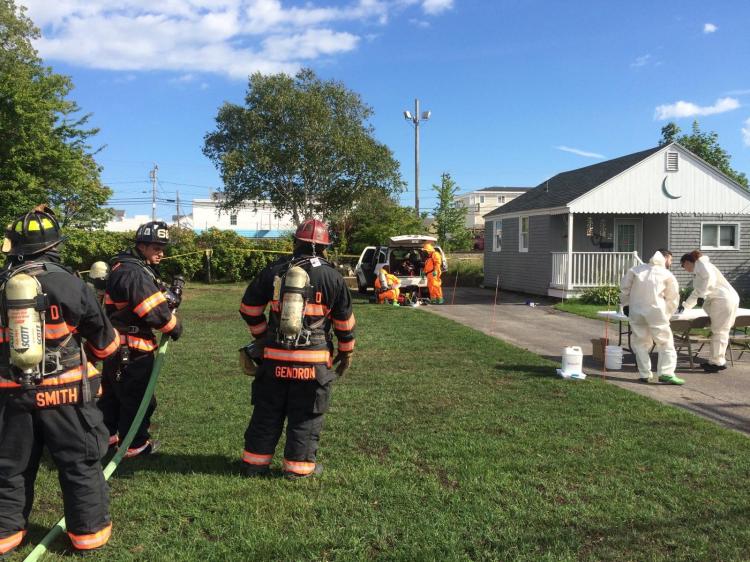Maine law enforcement officials who have their hands full with the continuing heroin epidemic are now grappling with a growing meth problem.
The number of law enforcement responses to methamphetamine labs and discarded meth-making materials doubled to 125 in 2016 – compared to 56 the year before – and the trend shows no sign of letting up in the new year, said Maine Drug Enforcement Agency Director Roy McKinney.
It’s become so bad that the state warned residents over the summer to be careful about picking up plastic soda bottles alongside roads. Discarded bottles containing meth-making residue are dangerous to handle; they often contain a white powder that’s a telltale sign of contamination.
Heroin and its much more powerful cousin, the synthetic painkiller fentanyl, remain the bigger problem. The number of opioid overdose deaths set another record in 2016 with an average of a death a day.
Just last week, the crisis came into sharp focus in Presque Isle, where five overdoses – one of them fatal – happened within a four-hour period.
“It takes these kind of moments to shake people,” said Presque Isle Police Chief Matt Irwin, who used social media to call attention to the overdoses.
Maine drug agents are focusing their efforts on jailing large dealers while seeking to get help for addicts, McKinney said.
Legislators will be tackling the opioid crisis next month.
Assistant House Republican Leader Ellie Espling has proposed the creation of a new panel that would solely look at the mountain of bills on the issue.
Democratic and Republican legislative leaders want a multipronged approach that includes treatment and prevention options, along with stepped-up law enforcement.
Gov. Paul LePage said everyone agrees on the formula. “We need prevention, treatment and enforcement. We know what we need to do. Let’s do it,” he told WGAN-AM.
Meth started as a problem for Aroostook and Penobscot counties but has now touched all corners of the state, McKinney said.
Send questions/comments to the editors.


